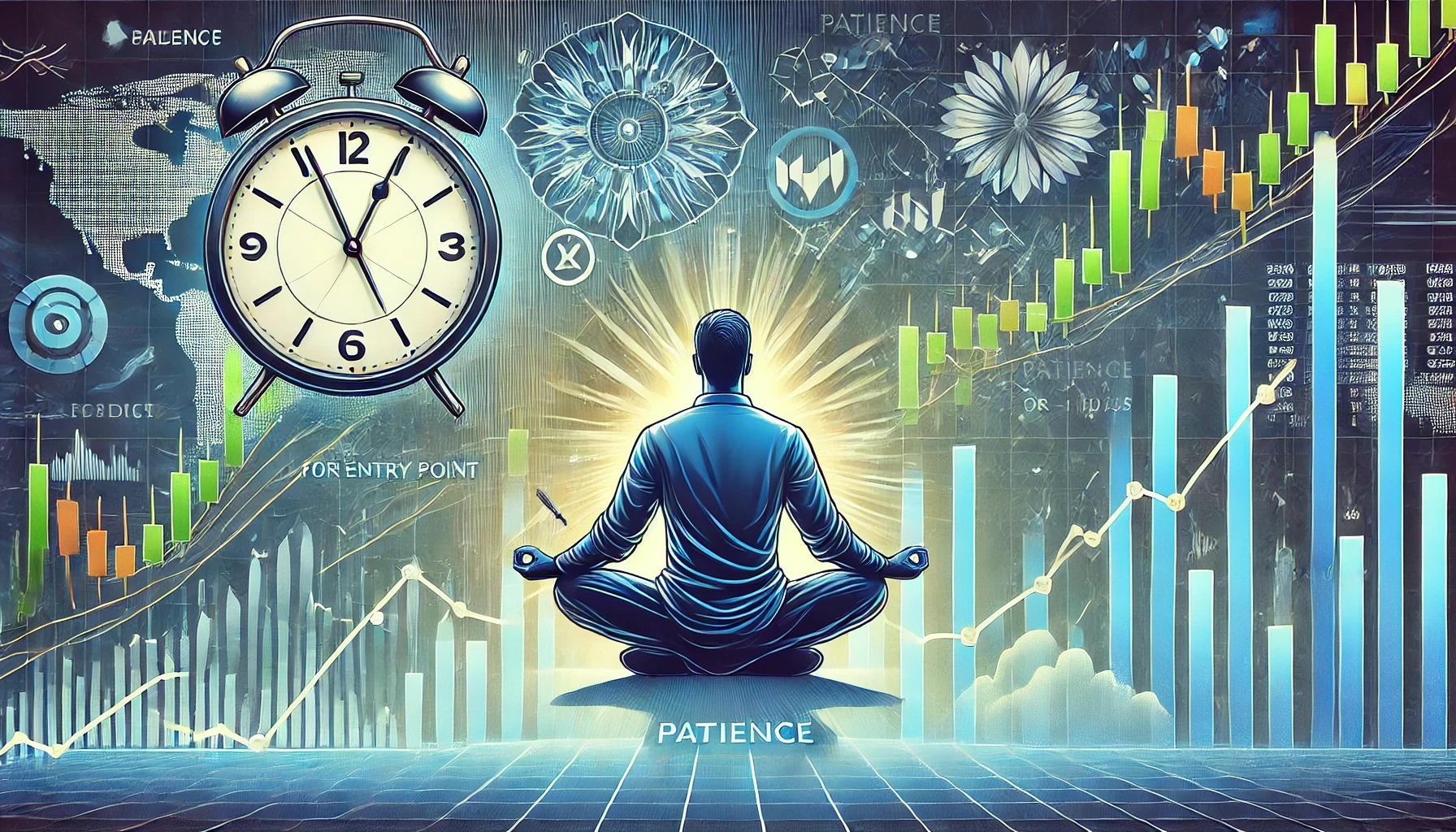1. Understanding Market Timing
Market timing refers to the strategy of identifying the optimal moments to buy or sell an asset. While some traders attempt to predict price movements through technical and fundamental analysis, others fall into the emotional trap of reacting to short-term fluctuations. Here’s why patience in market timing is essential:
• Avoiding FOMO (Fear of Missing Out): Many traders jump into trades too early due to fear of missing a profitable move. This often leads to entering at unfavorable prices.
• Reducing Emotional Trading: Impulsive decisions driven by greed or fear often result in losses. Patience allows for rational decision-making.
• Enhancing Risk Management: Waiting for confirmation of price movements helps traders avoid unnecessary risks.
2. The Benefits of Patience in Trading
A. Waiting for the Right Entry Point
One of the biggest mistakes traders make is entering a trade too soon. Instead of chasing price movements, experienced traders wait for:
• Support and resistance levels to be tested
• Confirmed chart patterns and indicators
• Market trends to align with their strategy
By waiting for confirmation, traders can increase their probability of success.
B. Holding Trades for Maximum Profit
Patience is not just about entering at the right time—it’s also about knowing when to hold a position. Many traders exit too early due to fear of losing profits, only to see the price continue in their favor. By setting clear profit targets and stop-loss levels, traders can maximize gains while managing risk.
C. Avoiding Overtrading
Overtrading is a common problem caused by impatience. It occurs when traders take too many positions, often in an attempt to recover losses or chase quick profits. This can lead to:
• Increased transaction fees
• Emotional exhaustion
• Poor decision-making
A disciplined approach, where traders wait for the best setups, results in more efficient and profitable trading.
3. How to Develop Patience in Trading
A. Follow a Trading Plan
Having a well-defined trading plan with specific entry and exit rules helps reduce impulsive decisions. A solid plan includes:
• Preferred market conditions
• Risk-to-reward ratio
• Indicators and chart patterns for confirmation
B. Use Limit Orders
Instead of market orders, which execute trades instantly, using limit orders allows traders to wait for the desired price level. This ensures a controlled entry rather than an emotional reaction.
C. Practice Mindfulness and Discipline
Patience in trading requires mental discipline. Practicing mindfulness techniques such as meditation or journaling trading decisions can help traders remain calm and focused.
D. Learn from Experience
The best traders learn patience through experience. Reviewing past trades and understanding how timing affected the outcome can provide valuable insights for future strategies.
Conclusion
Successful trading is not about reacting to every market move—it’s about waiting for the right opportunity. By exercising patience, traders can improve their decision-making, reduce risk, and maximize profitability. The next time you feel the urge to enter a trade impulsively, take a step back and ask yourself: Is this the best moment, or should I wait for a better setup?
